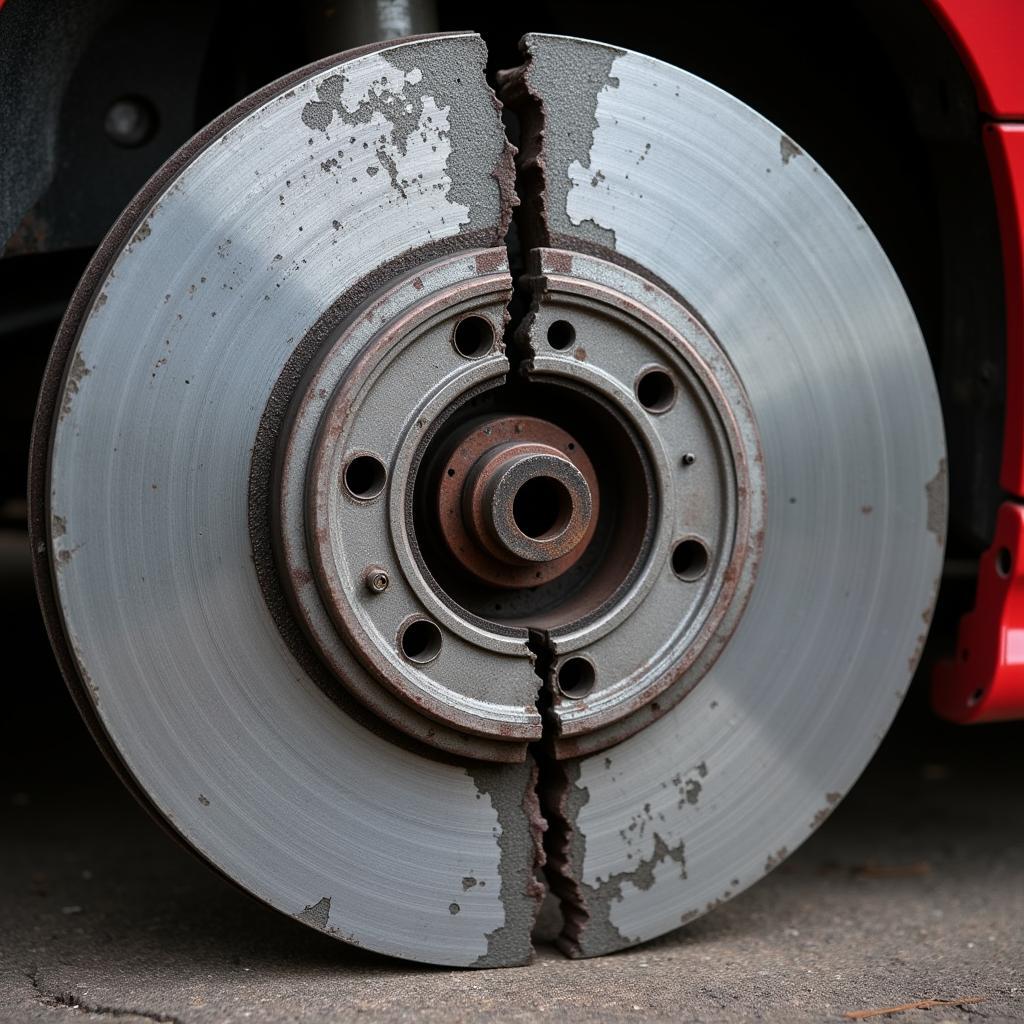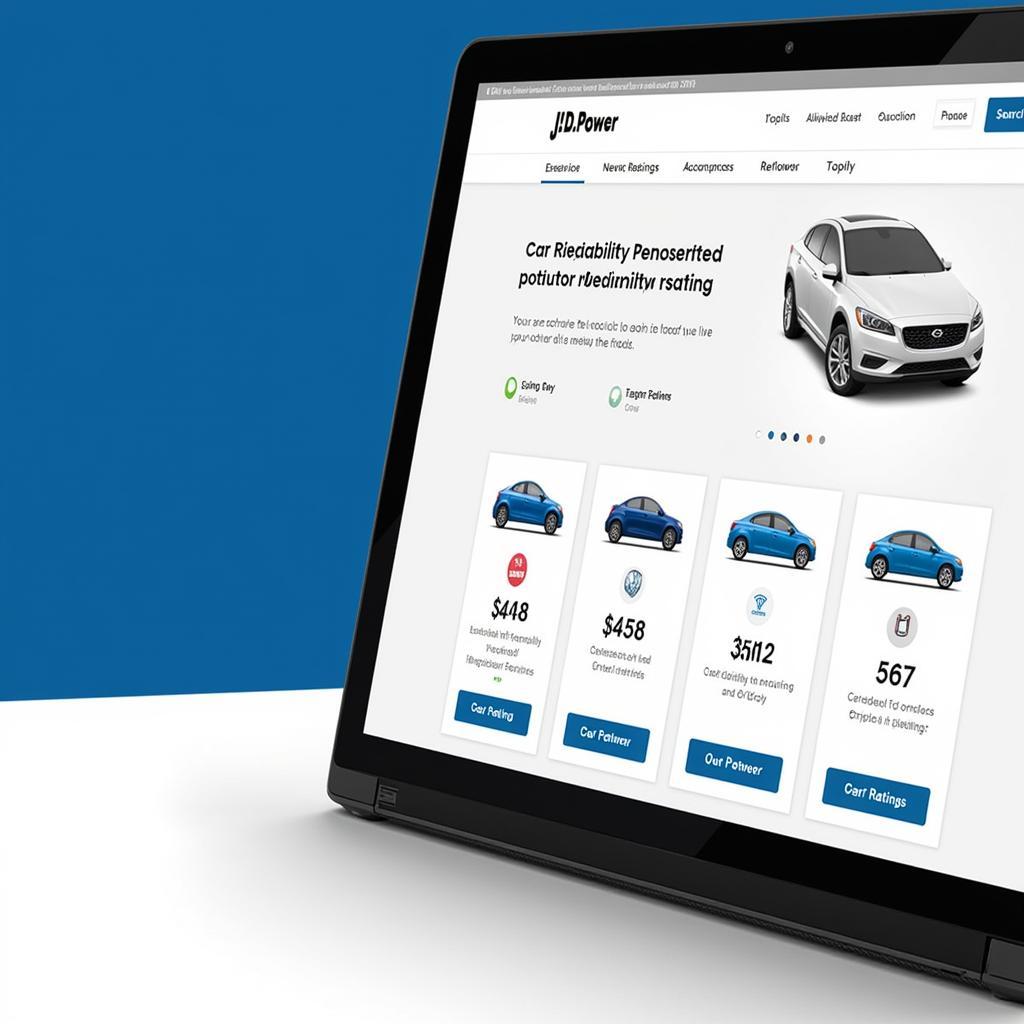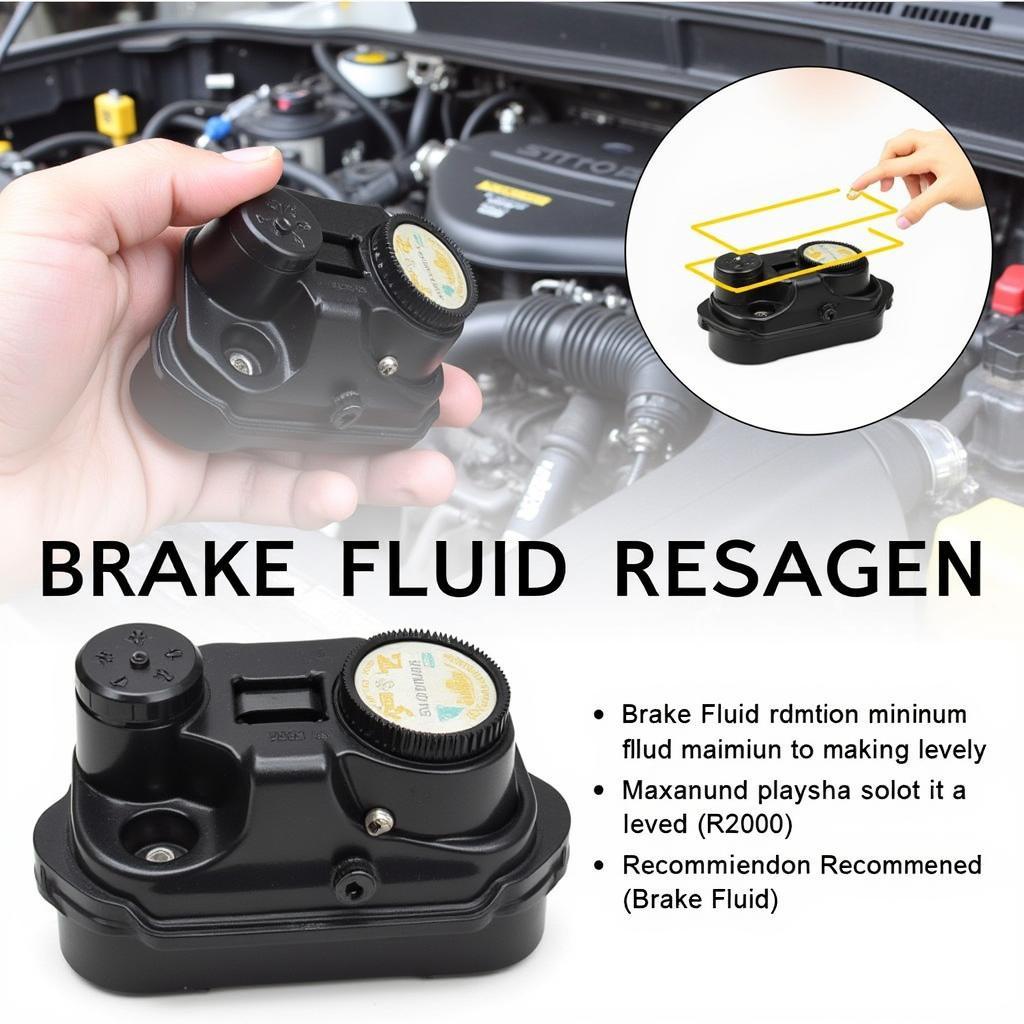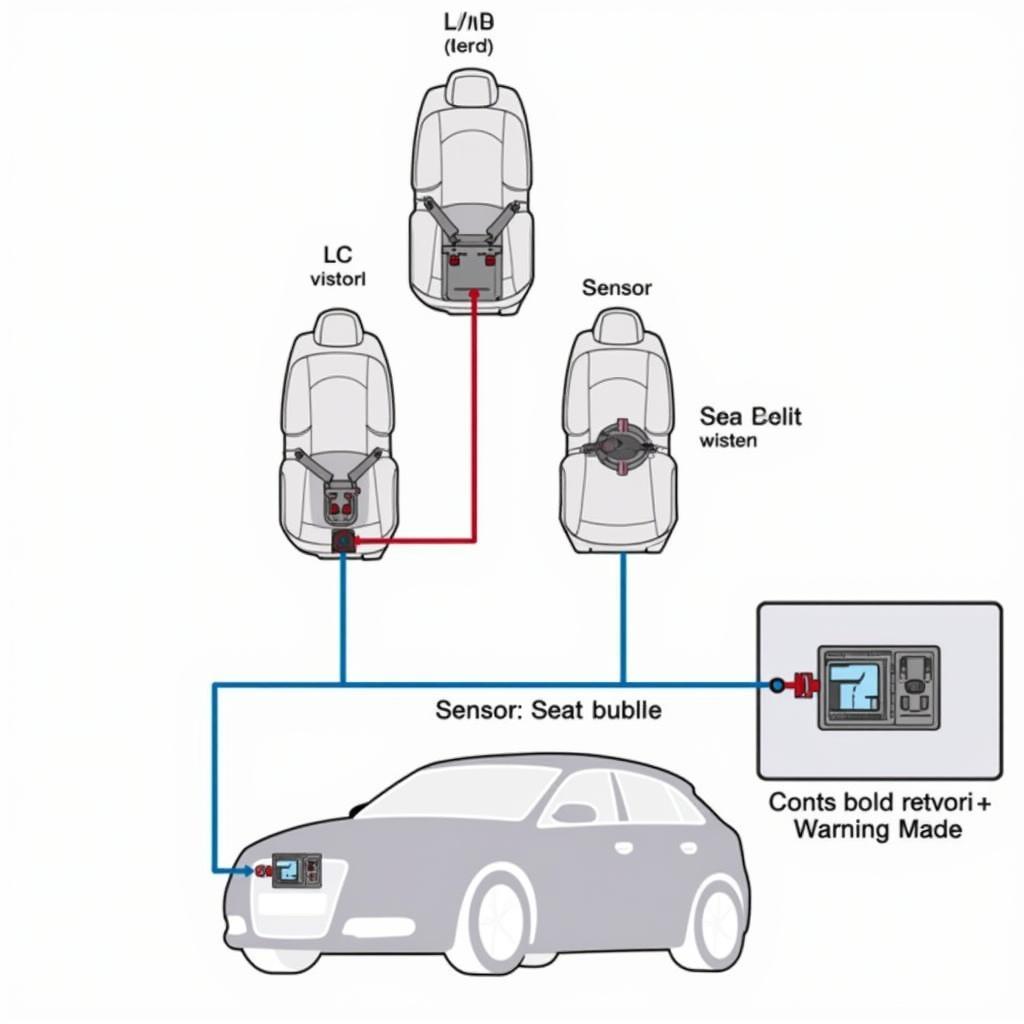When it comes to safety on the road, nothing is more crucial than a reliable braking system. Ignoring the warning signs of worn brakes can lead to dangerous situations. This guide, referencing insights from J.D. Power cars, will arm you with the knowledge to recognize those signs and take action before it’s too late.
How to Tell if You Need New Brakes: Listen to Your Car
Your vehicle often communicates the need for new brakes through various signs, some subtle and others impossible to ignore.
Sounds of Trouble: Noises That Signal Brake Issues
- Screeching or Squealing: This high-pitched noise, often heard when applying the brakes, usually indicates worn brake pads. A small metal indicator, designed to rub against the rotor, creates this sound as a warning.
- Grinding Metal on Metal: A harsh grinding sound when braking is a serious red flag. This indicates your brake pads are completely worn, and metal is grinding on metal, potentially damaging your rotors and requiring costly repairs.
- Clicking or Clunking: These noises, especially when turning or braking, could point to loose components in the braking system like calipers or brake pads, requiring immediate attention.
 Brake Rotor Damage
Brake Rotor Damage
Feeling the Pressure: Physical Signs of Brake Problems
- Vibrations in the Brake Pedal or Steering Wheel: A pulsing sensation in the brake pedal or steering wheel when braking often indicates warped rotors. This uneven surface causes the vibrations and requires attention.
- Longer Stopping Distances: If your car takes longer to stop than usual, even after applying firm pressure on the brakes, it’s a clear warning sign. Worn brake pads or other brake system issues might be the culprit.
- Pulling to One Side When Braking: If your car veers to one side when you apply the brakes, it could indicate uneven brake pad wear, a stuck caliper, or a problem with the hydraulic system.
Visual Cues: What to Look For During a Visual Inspection
- Brake Fluid Leak: Check for leaks around your wheels or under your car. Brake fluid is typically clear or yellowish and has a slightly oily texture.
- Brake Warning Light: Never ignore the illumination of the brake warning light on your dashboard. It could indicate low brake fluid, a problem with the ABS system, or other brake-related issues.
- Thin Brake Pads: You can often visually inspect your brake pads through the spaces between the wheel spokes. If the pad material is less than ¼ inch thick, it’s time for a replacement.
Why Trust J.D. Power Cars?
J.D. Power, a global leader in consumer insights, provides valuable data and rankings on vehicle reliability and customer satisfaction. Their car reviews and ratings, including those on braking systems, are based on feedback from actual car owners, offering a reliable source of information for consumers.
 J.D. Power Car Ratings
J.D. Power Car Ratings
Don’t Delay Brake Repairs
Ignoring brake problems is like playing with fire. Addressing the issue promptly ensures your safety and prevents further, potentially more expensive damage to your vehicle.
Remember, if you experience any of the warning signs discussed above, consult a qualified mechanic immediately for a thorough brake inspection and necessary repairs.
FAQ
1. How often should I change my brake pads?
The lifespan of brake pads varies depending on driving conditions and habits. As a general rule, it’s recommended to have them inspected every 12,000 miles and replaced between 20,000 to 70,000 miles.
2. Can I replace my brake pads myself?
While possible, brake pad replacement requires mechanical knowledge and the right tools. It’s generally safer to have a professional mechanic perform the job.
3. How can I make my brakes last longer?
Avoid aggressive driving habits like hard braking and accelerate smoothly. Coasting to a stop when possible also reduces wear and tear on your brakes.
4. What is the difference between brake pads and brake shoes?
Brake pads are used on vehicles with disc brakes, while brake shoes are used on vehicles with drum brakes. Both serve the same purpose of stopping the vehicle.
5. Why is it important to use quality brake parts?
Quality brake parts ensure optimal performance, longevity, and most importantly, your safety on the road.


